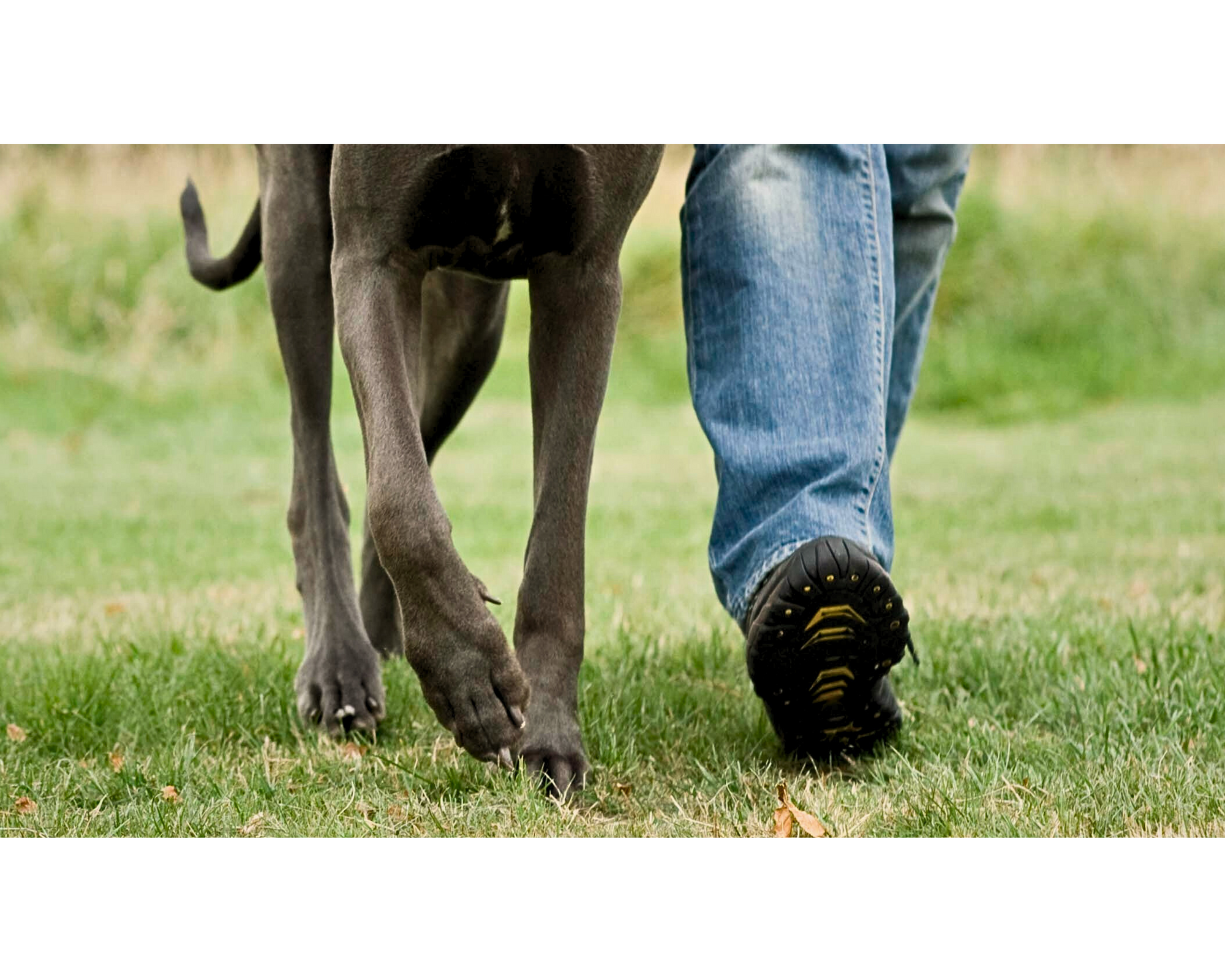

New Year, New Tricks: Training Goals for Your Giant Breed Dog
The new year is here, and it’s not just a great time for us to set resolutions—it’s also the perfect opportunity to set training goals for our furry family members! For giant breed dog owners, training isn’t just about teaching commands—it’s about building a strong bond, improving communication, and ensuring your gentle giant is well-behaved and happy.
Whether your dog is still mastering the basics or you’re ready to tackle more advanced skills, 2025 is the year to take your training to the next level. Let’s dive into why training is essential for giant breeds and how to set achievable goals to make this year a success.
Why Training Matters for Giant Breed Dogs
Giant breeds, like Great Danes, Mastiffs, and Saint Bernards, may be known for their loving and gentle temperaments, but their size adds an extra layer of importance to proper training. Here’s why:
- Safety First: At their size, even a small mistake—like pulling on the leash—can cause accidents or injury. Good training ensures you and your dog stay safe in everyday situations.
- Better Communication: Training helps your dog understand what’s expected of them, reducing confusion and stress.
- Stronger Bond: The time you spend working with your dog builds trust and strengthens your relationship.
- Mental Stimulation: Giant breeds need mental challenges as much as physical ones. Training provides an excellent outlet for their brains.
Step 1: Setting Training Goals for 2025
When setting training goals for your dog, think about their unique personality, age, and current skill level. Here are some ideas to get started:
-
Basic Manners:
If your dog is new to training or still working on the basics, focus on skills like sit, stay, come, and loose leash walking. These are the foundation of good behavior. -
Advanced Skills:
For dogs who have mastered the basics, challenge them with advanced commands like place training, off-leash recall, or hand signals. -
Behavior Improvements:
Does your dog need to work on leash manners, greeting guests politely, or staying calm around distractions? Make these specific behavior goals. -
Fun Tricks:
Training doesn’t always have to be serious! Teach your dog fun tricks like “shake,” “spin,” or even “play dead” to keep things light and engaging.
Step 2: Positive Reinforcement: The Secret to Success
For giant breed dogs, positive reinforcement is the key to effective training. These lovable giants respond best to encouragement, rewards, and consistency. Here’s how to use positive reinforcement to your advantage:
-
Use High-Value Rewards:
Treats, praise, and toys are all great motivators. Choose something your dog truly loves to make training sessions exciting. -
Be Consistent:
Always reward good behavior promptly so your dog makes the connection between their actions and the reward. -
Keep Sessions Short and Sweet:
Short training sessions (5–10 minutes) are more effective than long, repetitive ones. End on a positive note to keep your dog excited for the next session.
Step 3: Addressing Common Challenges
Training a giant breed dog can come with its own set of challenges. Here’s how to tackle some of the most common ones:
-
Pulling on the Leash:
Reward your dog for walking calmly beside you and practice in a low-distraction area before moving to busier environments. -
Jumping on Guests:
Teach your dog to sit when greeting people. Reward them for staying calm and avoid reinforcing jumping by giving attention when they’re excited. -
Short Attention Spans:
Keep sessions engaging by mixing up commands and using different types of rewards. If your dog loses focus, take a short break before trying again.
Step 4: Making Training Part of Your Routine
The key to training success is consistency. Incorporate training into your daily routine to make it a natural part of your dog’s life.
- Practice commands during walks or playtime.
- Use mealtimes as an opportunity to reinforce skills like “sit” or “wait.”
- Dedicate a few minutes each day to focused training sessions.
Step 5: Celebrate Progress!
Training is a journey, and every small step forward is worth celebrating. Whether your dog masters a new trick or simply shows improvement in a challenging area, take the time to acknowledge their progress. And don’t forget to reward yourself for sticking to your goals—you’re an amazing dog parent!
A Year of Growth and Fun
Training isn’t just about teaching your dog new skills—it’s about building a strong, trusting relationship that benefits both of you. By setting clear goals, using positive reinforcement, and staying consistent, you’ll create a year filled with growth, fun, and incredible moments with your gentle giant.
What’s your dog’s training goal for 2025? Share it with us in the comments or tag us on social media. Let’s make this year the best one yet for our beloved big dogs!
